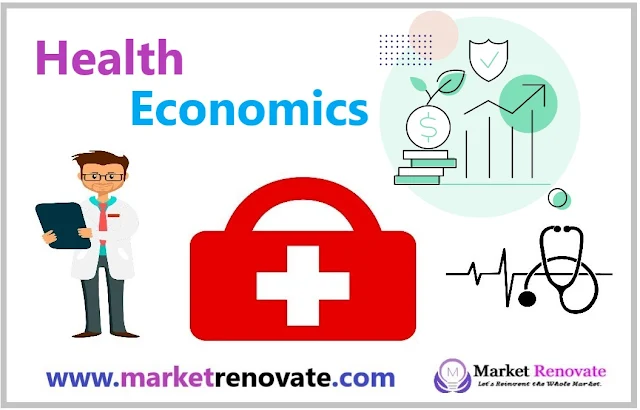Sources of public health services and medical care Financing:
Sources of financing refer to the places from which the money or financial resources come to fund public health services and medical care. These sources can include:
- Public (Government): Governments allocate funds from their budgets to support public health services and medical care. These funds can come from general taxation or dedicated health taxes. Public financing is a key source for ensuring equitable access to healthcare services for the entire population.
- Non-Governmental Organizations (NGOs): Non-profit organizations (NPOs) and NGOs often contribute to financing public health services and medical care, especially in resource-limited settings. These organizations may receive funding from donations, grants, and international aid to support health initiatives and projects.
- Private Sector: Private companies and businesses can also contribute to financing public health services and medical care. Some organizations invest in corporate social responsibility initiatives that focus on improving health outcomes and healthcare infrastructure in communities.
- Individuals: Individuals contribute to health financing through mechanisms like insurance premiums, co-payments, and out-of-pocket payments for medical services. These payments can directly fund medical care services or contribute to insurance pools that cover healthcare expenses.
Modes of public health services and medical care Financing:
Modes of financing refer to the different ways in which the financial resources are collected and used to fund public health services and medical care. These modes can include:
- Government Revenue: Governments allocate funds from their general revenue to support public health services and medical care. These funds are often collected through taxation and are used to provide healthcare services to the population.
- Development Partners’ Contributions: International organizations, donor countries, and development partners contribute financial resources to support public health services and medical care in low-income and developing countries. These contributions can be in the form of grants, loans, or technical assistance.
- Community Financing: In some cases, communities organize themselves to pool resources and contribute to healthcare financing. This can involve community-based health insurance schemes or collective contributions to cover medical expenses for community members.
- Individuals’ Out-of-Pocket Payment: Individuals directly pay for healthcare services out of their own pockets. This mode of financing can place financial burdens on individuals and can sometimes lead to barriers in accessing necessary medical care, particularly for those with limited resources.
- Health Insurance: Health insurance, both public and private, is a prevalent mode of financing medical care. Insurance schemes collect premiums from individuals or employers and then cover a portion of medical expenses when individuals require healthcare services.
- Social Health Insurance: In this mode, individuals and sometimes employers make regular contributions to a health insurance fund. This fund is then used to cover medical expenses when individuals need healthcare services. Social health insurance combines aspects of public and private insurance mechanisms.
- User Fees and Co-Payments: Some healthcare systems implement user fees or co-payment mechanisms, where individuals pay a portion of the cost when they receive medical services. This mode of financing can generate revenue but may also create financial barriers for certain individuals.
- Donor Funding: In resource-limited settings, donor funding from international organizations, governments of other countries, and philanthropic foundations can significantly contribute to public health services and medical care financing.






Please leave your comments or ask your queries here. The comments shall be published only after the Admin approval.